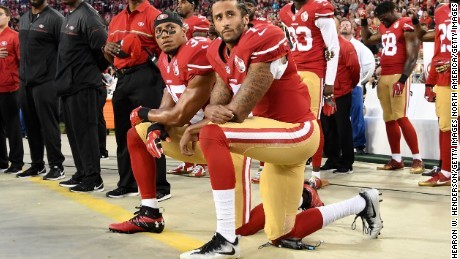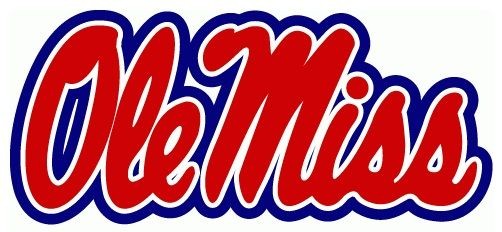Fall is officially here, and our minds naturally turn from crisp and/or bubbly whites to reds.
Pinot noirs are a light, fruity option, and they aren’t as expensive as they were a few years ago when they were the cute, young thing. You might need to pay a little more for something that isn’t going to taste like alcoholic fruit juice, however. Beware cheap pinots.
But do consider the malbec. It’s called the “working man’s merlot” for a reason, although it’s not entirely clear what that reason is. It could be that the fabled South American gauchos (like our cowboys, but with a little more style) drank it, or that it was cheap when it was first discovered in the U.S., not by sommeliers and wine critics, but ordinary folks looking for an affordable and interesting bottle. Malbecs are typically a little less polished than merlots, but, from where I’m sitting, that’s okay. It keeps things intriguing.
It has only been in the last 10 years or so that the malbec varietal has come out of Argentina with any force. It’s got a lot of fruit in it and was traditionally used in France as one of the five varietals blended in the headier Bordeaux, until most of the European stock was destroyed by a major phylloxera epidemic in the mid-19th century. Malbec is a fussy vine, or at least it was in Europe; its root system rotted easily. After the epidemic crippled the French wine industry (and made absinthe a thing), the malbec vine stock largely fell out of favor in France. But around that same time, a Frenchman named Michel Pouget took some vines over to Argentina’s Mendoza region. In the high, hot, dry climate, malbec flourished. Gone were the rot problems it had had in France. For 100 years or so, the grape was grown and enjoyed in Argentina, with very little of it making its way outside the country.

But it’s here now and available at most local purveyors. And it’s probably here to stay, because it plays well with others, pairing nicely with lighter fare, on to the upper rungs of the gourmet ladder. If you’re into the wine’s gaucho heritage, it’s most in its natural element with grilled meat.
By the 1990s, Chilean wines had begun to put South American vintages on the world’s radar, so it was perhaps inevitable that Argentina’s malbecs would be discovered. Now, this working man’s wine has risen in popularity — and the experts and the market have taken notice — and prices have risen accordingly. But there is a wide spectrum of options.
If you’re looking for something special, say for an anniversary, there is a fine Chakana 2012 — with a groovy stylized jaguar on the label — that retails around town for about $28. More in the Saturday-night-dinner neighborhood is a 2014 Maipe that’ll set you back about $16. For just knocking back a glass on a random Wednesday, let me suggest Cigar Box Old Vine malbec for $11. It’s a little younger vintage, but it doesn’t really taste like a Wednesday-night wine. Hell, for as little as $7, you can buy Ché Gaucho, which isn’t bad for that price point.
That the Argentines could produce a great, easy-going wine from vine stock that had essentially failed elsewhere says as much about their national spirit as it does the terroir. According to a former Chilean president, “Argentines are Italians who speak Spanish and dream in French.” If you’re looking for decent wine with some soul, that’s not a bad combination.
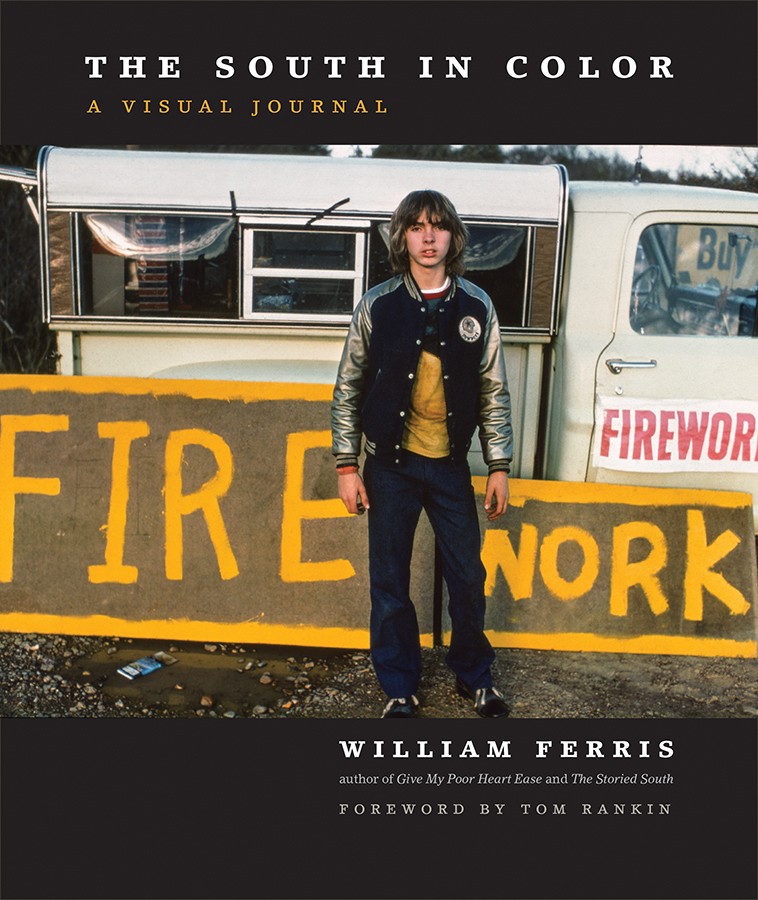
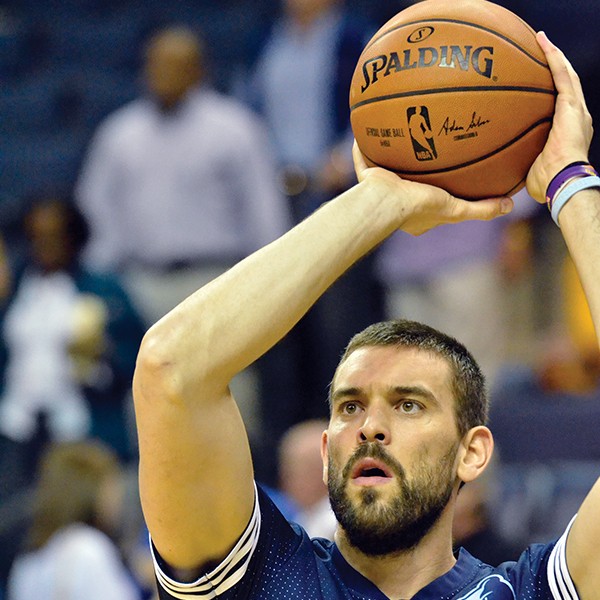 Larry Kuzniewski
Larry Kuzniewski 



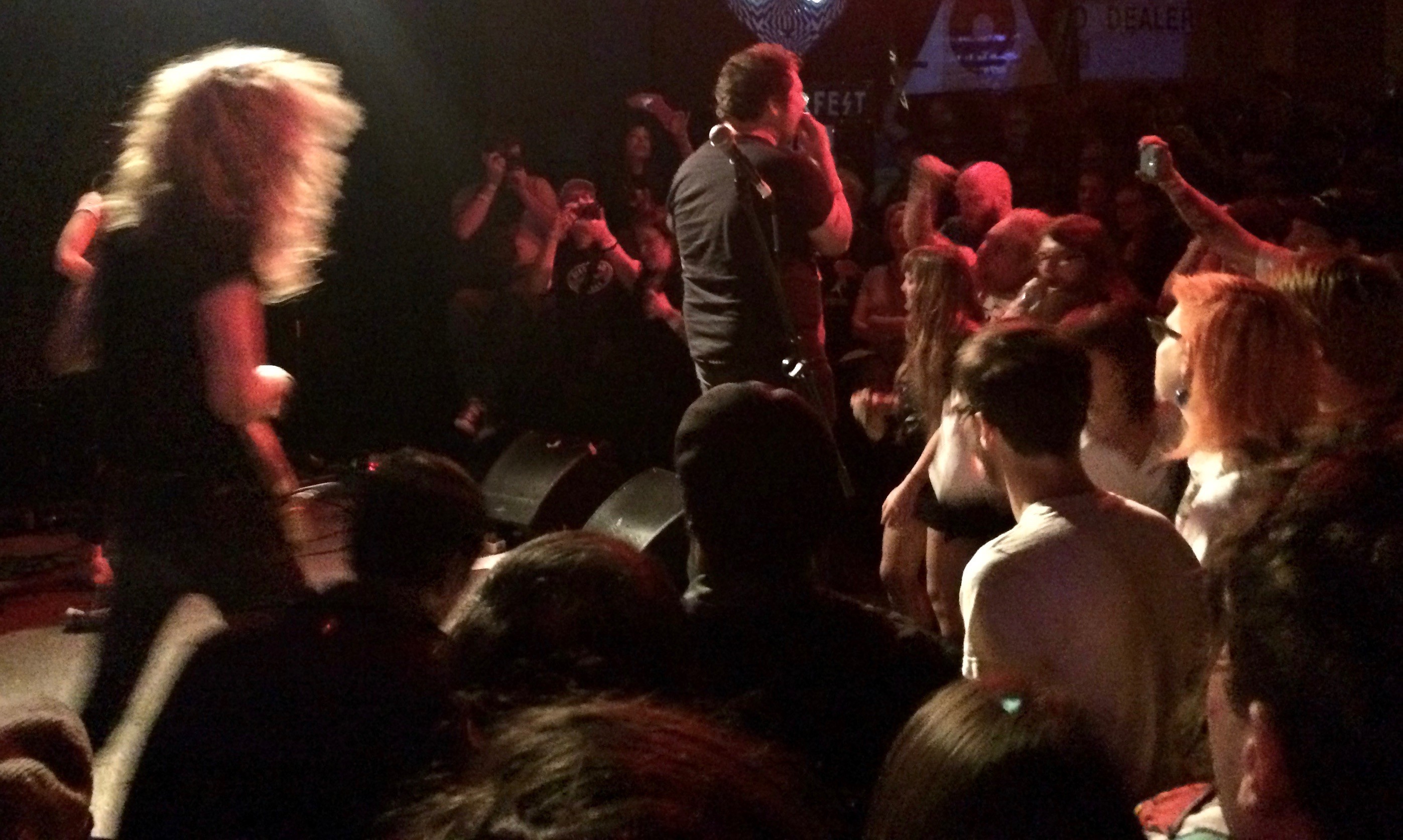




 Kristofer Reynolds
Kristofer Reynolds 
